Over the last couple of years, there has been a quick surge in the popularity and, in turn, the sighting of electric bikes. So much so that these machines have also been created specifically for kids.
But what are electric bikes? Why are they so popular, and how in the world does one go about choosing an electric bike that is befitting for their child?
If you have ever asked yourself either one or more of these questions, you have come to the right place to get an appropriate answer. In this article, we will delve into a comprehensive buying guide for kids' electric bikes. We are confident that you will transform from a rookie into a highly knowledgeable electric bike enthusiast by the end of it all.
You will be able to decide whether an e-bike is all that is best for your kiddo, choose the best depending on age and a hoard of other factors, and find out every little detail you need to know as a parent before committing to an e-bike for your kid. We are determined to make you buy an electric bike for your kid with confidence and enthusiasm.
Let's dive right into, shall we?
What are electric bikes, and how do they function?
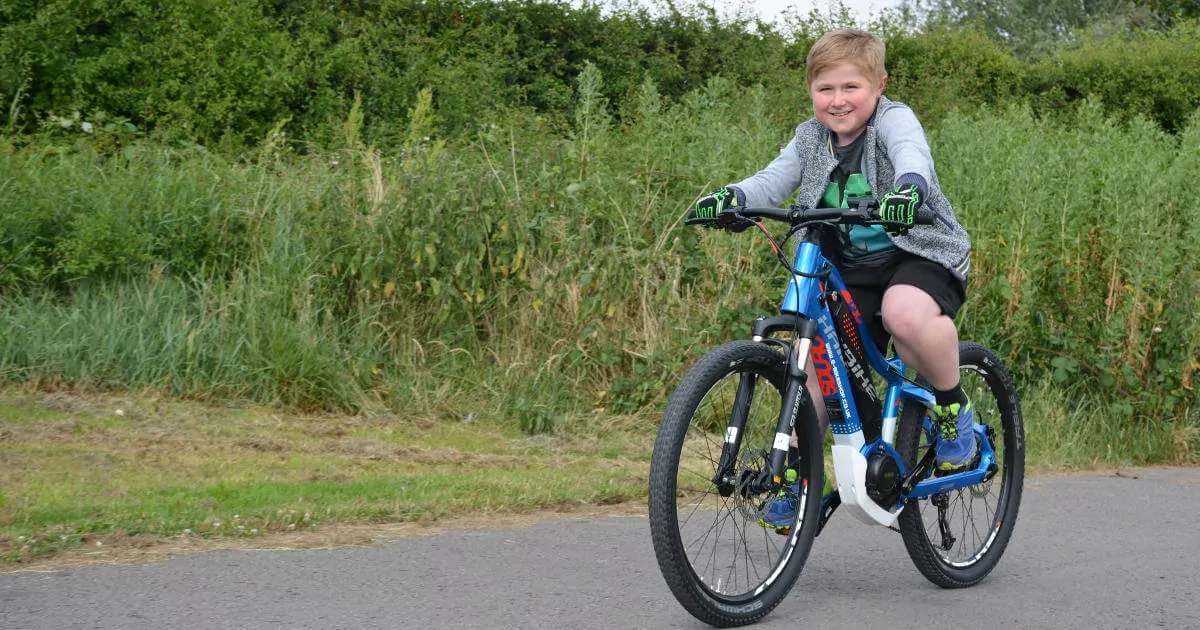
Simply put, electric bikes are motor-powered bikes which are designed to lend extra moving power to help bikes increase their speed and coverage all at once without having riders put as much input as they would on a traditional bicycle.
They are mainly of help when going up inclines or when one wants to cover more mileage. But, at the end of the day, it all boils down to how much faster, how much farther the rider can get, and how much more elevation gains they can attain.
For this reason, e-bikes are a popular hit among parents who want to ride with their kids, but their kids can't quite keep up due to strength restraints.
While electric bikes were first invented for adults, you will find the age disparity getting narrower and narrower today. Believe it or not, there are even electric balance bikes designed for kids as young as 7!
Of course, there is a speed limitation as far as how fast the bikes can go for kids. And truly, there are a vast number of state regulations on what kind of ebikes kids can ride and where.
Even so, the rising popularity of electric bicycles is something that cannot go unnoticed. The trick is to just stay within the appropriate limitations. Then, you can undoubtedly reap the many benefits that come with electric bicycles.
All good? Now let's look at how one can choose an ideal electric bike that sits in the perfect spot where the riders needs and their budget meet.
Are Electric Bikes good for kids?
Practically speaking, riding an e-bike is efficient and effective for kids, especially if you want them to keep up with stronger, aggressive, and experienced riders. It can particularly come in handy during bike commutes or family cycling activities. E-bikes offer next-level fun, keep kids fit, and reduce stress, pretty much the same benefits achieved by kids riding mechanical bikes (those with pedals).
It is common for the stronger yet older kids to lament each time they have to reduce the tempo or even make endless stops to wait for the just budding young cyclists. Hauling them on tow ropes could be practical but tiring, like bike trailers and child bike seats.
If a kid is at their riding age, can access the pedals, and take instructions, getting them an e-bike could help keep the tempo and the fun high during family bike rides. In addition, it helps boost the morale of everyone, making them feel part of the cycling activity.
Riding on e-bikes also helps kids get fresh air, enjoy the sun's shine, and stay away from screens. Electric bikes practically flatten the hills, making them confidently explore the trails and terrains. Besides, they do not get as tired as they would with pedaled bikes.
As long as you stay within the confines of laws governing the electric bikes for kids, go for that e-bike already.
Kids' Electric Bike Buying Guide
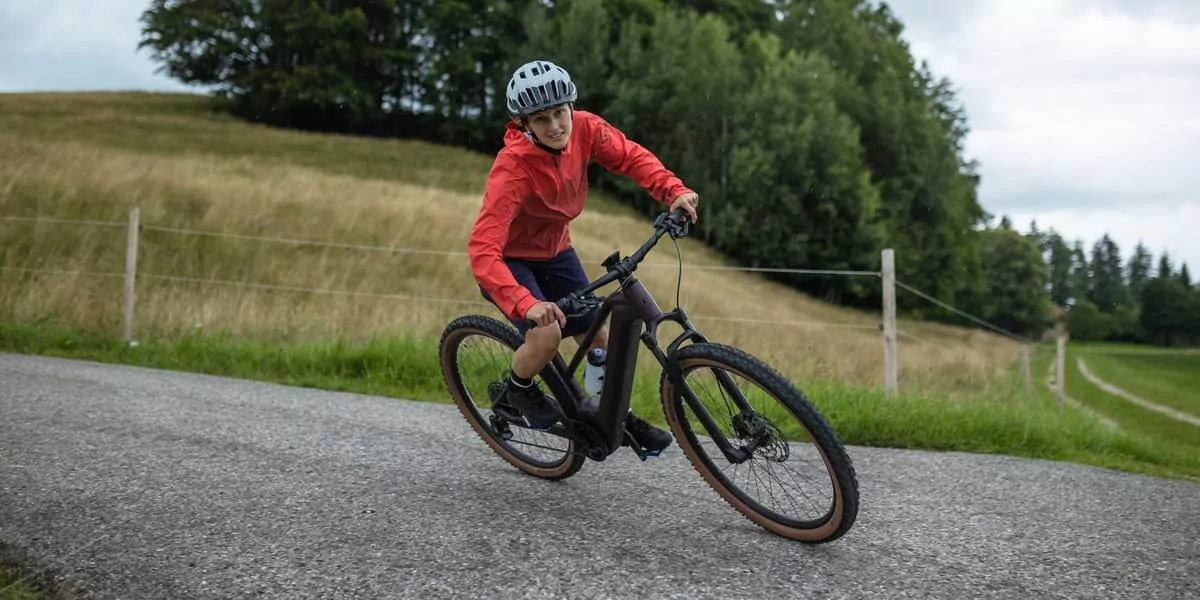
Although whether electric bikes are appropriate for kids is controversial, we maintain that because e-bikes are purpose-specific, whether one has or doesn't have sufficient know-how of what to look for in an electric bike is the more important question.
Knowing what to look for in an e-bike will guide you towards finding the right ebike for your child.
There are several factors that one has to look into. These include:
1. Class of ebikes
As you know by now, motors lend assistance to ebikes by enabling them to reach higher speeds than a bike or rider would otherwise be able to reach without them.
That said, ebikes come in 3 different classes, each varying in terms of the maximum assistance it can lend. You will notice that the main difference between these three classes of ebikes is the presence or lack thereof of the throttle as well as the maximum speed at which the motor assists a bike.
Let's have a look at each of them below:
- Class I ebikes are those with maximum assistance of 20mph.
- Class II ebikes are those with maximum assistance of 20mp, except that they feature a throttle.
- Class III ebikes are those that have a 28mph and may or may not have a throttle.
Class I Ebikes
As highlighted above, the motor on a Class I ebike will enhance the speed of the bike up to 20mph, nothing more. The rider can only do so by pedaling faster to accelerate the speed beyond that.
Because 20mph is the highest speed enhancement on a Class I ebike, it will stop lending additional speed assistance once the motor attains this speed.
Other than having maximum assistance of 20mph, the other distinguishing feature of a Class I ebike is that its motor can only be activated by pedaling. This means that for the motor to start working, the rider has to start pedaling, and for the motor to keep lending additional assistance, the rider has to keep pedaling. No pedaling, no motor engagement.
The reason for this is that Class I ebikes do not have a throttle. As such, they are considered the safest ebikes for kids.
While Class I ebikes have maximum assistance of 20mph, it does not mean that all Class I ebikes have that set as their maximum mph. For safety purposes, kid-specific ebikes have a lower speed enhancement limit, typically ranging between 12mph and 17mph.
The Woom UP, for instance, is an example of a class I ebike whose motor can only lend assistance up to 12mph, after which the motor will stop assisting.
Class II Ebikes
As mentioned above, both Class I ebikes and Class II ebikes have a maximum speed assist of up to 20mph. However, the distinguishing factor between a Class I ebike and a Class II ebike is how their motor can be engaged.
To engage the motor on a Class I ebike, one has to pedal, while one can engage the motor on a class II ebike by either pedaling or using a throttle to propel the bike forward.
Class III Ebikes
Class III are basically a clever elevation of the best features of Class I and Class II ebike. This means that they can offer higher assistance of up to 28mph and feature an optional throttle.
One thing to note is that the rider can only get to 28mph by pedaling; otherwise, the optional throttle will only get to 20mph.
Another noteworthy thing is that many teens fit Class II and Class III ebikes, which are specifically designed for adults. However, many states prohibit kids under 16 years of age from riding Class III ebikes due to their higher speeds. Bike regulations, however, vary from state to state, so it is important to consider what your state allows and doesn't allow.
What do you need to know about bike throttles?
You need to know that throttles make it possible to reach high speeds at a fast rate without pedaling. They do so using a button/lever that activates the motor of a bike when engaged.
Secondly, throttles are a great help when trying to ride with a heavy load on an ebike as they work to kickstart the bike in spite of the heavyweight.
The best thing about throttles is that they can make previously too hard or too long rides possible. But in as much as they can be turned off after purchase, for obvious reasons, many areas do not allow the use of Class II and Class III e-bikes with kids.
Does motor engagement with a throttle mean that all ebikes can be propelled without pedaling?
Absolutely not! As we've highlighted above, Class I ebikes do not feature a throttle, while the other classes of ebikes can have an optional throttle. So how are their motors turned on? We'll discuss that below.
2. Pedal Assist Mode (PAS)
The thing about is ebikes for kids is that they generally still require the application of pedal strokes. Some people imagine that the need to pedal is completely eliminated with motor use. However, that couldn't be more wrong.
If you are ever worried about whether your child can still get some exercise by cycling an ebike, the answer is yes!
The pedal-assist mode (PAS) on a bike is a measure that determines how much additional effort the motor inputs to propel the bike forward when pedaling.
The higher the pedal-assist mode, the more the output by the motor, and vice versa. Naturally, the higher the motor input, the lesser the effort exerted by the rider when pedaling, and the higher the motor output, the faster the speed of the bike.
Usually, most ebikes have 3 to 5 pedal assist modes that can be adjusted by simply pushing a button; depending on where the button is located. The button that activates the PAS modes can either be located on the handlebars or down tubes of bikes.
Keep in mind that the amount of effort exerted by the rider will differ according to the maximum output on a given PAS mode and the PAS mode that has been chosen. So basically, in PAS 3 on a bike with 3 PAS modes, the rider will exert the least amount of effort as compared to PAS 1 on a bike with 3 PAS modes.
But even so, the motor is still limited to its maximum MPH and cannot give additional assistance beyond that.
One distinct feature about the PAS mode is that the rider has to keep pedaling in order for the motor to provide assistance instead of throttle that will still engage the motor even if the rider is not pedaling. However, with the PAS mode, the bike will not stop immediately just because the rider is not pedaling. Instead, it will just coast and eventually stop as it would on a regular bike.
The best way to stop an ebike using PAS modes is to allow it to coast to a stop or engage the brakes and turn off the motor.
3. Type of sensor
The question of what percentage output is put out by the motor on an ebike when engaged by pedaling is a tricky question as it varies from bike to bike depending on the type of PAS sensor. PAS sensors regulate the RATE at which the motor output is disseminated.
Ideally, the motor can go straight to the highest PAS setting on a given PAS mode automatically, or it can gradually rise towards that PAS setting. Let's have a look at each of these PAS sensors.
Cadence sensor
A cadence sensor only reads whether or not the bike is being pedaled. As such, it acts strictly as an on and off switch.
The output of the motor will be engaged automatically and will depend on the pre-selected PAS mode.
This means that the motor will quickly exert the highest percentage of output on the selected PAS mode upon the very first pedal stroke. So, the rider need not do much to engage the motor and propel the bike forward.
Unfortunately, it also means that it can be challenging to control the bike's speed by pedaling. This is because the bike's speed is highly dependent on the selected PAS mode.
Therefore, this means that to slow down a bike with a cadence sensor, one needs to reduce the PAS mode. Riding slower will have no effect as far as trying to reduce the speed, while riding faster will accelerate the bike's speed by adding to the motor's maximum output at any given PAS mode.
To bring the bike to a stop, the rider can engage the brake or stop pedaling, each of which will turn off the motor.
All in all, cadence sensors are only disadvantageous if one wants to ride at a slower pace. And because riding at slower paces is advisable for kids, the best types of ebikes for them are those with torque sensors which we will explain down below.
Torque sensor
A torque sensor differs from a cadence sensor. It measures how much effort is being exerted using the pressure exerted on the chains. This is in order to determine the rate at which the motor output will be enforced.
The difference between the two types of sensors is that torque sensors measure how fast the pedals are moving, while a cadence sensor measures whether the pedals are moving or not. Cadence sensors will go straight to the highest PAS mode setting, while torque sensors gradually get there.
The rate of motor output on an ebike powered by a torque sensor will depend on how fast or how slowly the rider is pedaling.
Basically, bikes with torque sensors allow the rider to be able to control the SPEED of their bike using the pedals. As such, torque sensors are important because it can be very confusing and dangerous for kids to try to control the speed by pedaling faster or slower and fail to do so.
While the rider can still get to the highest percentage of motor output with a torque sensor, they need to exert more effort when pedaling.
That said, the bummer about torque sensors is that while they are the most recommended for kids, they are relatively expensive. As a result, you will find it harder to control the bike's speed with pedals on lower-end ebikes compared to high-end bicycles.
4. Size
Ebike sizing is just like regular bike sizing in that the same wheel size that a child will fit on a regular bike is the same wheel size that they should opt for on an ebike.
As with traditional bikes, the wheel size together with the maximum and minimum seat height are great indicators of whether a bike will fit your child. However, this is not the case with adult ebikes, as they come in a great range of wheel and tire sizes, which do not necessarily translate to the overall size of the bike.
The smallest ebike we know of is the Kent Torpedo which fits 7-year-old kids and has a minimum seat height of 27-inches.
Additionally, while ebikes that are specifically designed for older kids come with great components for aggressive trail riding, the bulk of them are really expensive.
This leaves the average teen from a middle-income family with no choice but to go for an adult-sized ebike that fits them quite well.
Ensuring a good bike fit will take the thrill of riding an e-bike to a whole new level. First, let's look at the general frame sizing guide depending on age and height. If your child is either shorter or taller than average for their age, consider adjusting for size.
|
Age (years) |
6-8 |
8-10 |
10-12 |
13+ |
|
The average height for age (inches) |
45.5-50.5 |
50.5-54.4 |
54.5-59 |
61.9+ |
|
e-bike’s frame size (inches) |
20 |
24 |
24-26 |
26 |
Still on sizing, consider the height of the handlebar and the seat height, especially in cases when the legs and arms of your child are not matched up with their body.
5. Weight
Just as with traditional bikes, every component bike has an effect on the overall weight of a bike, be it significantly or in a negligible way.
Ebikes are known to weigh over 60 lbs., meaning that the average ebike is quite heavy. And truth be told, this weight can be hard for both adults and younger riders to maneuver.
Of course, the motor helps with pushing the additional weight, which is why it is possible to push the heavyweight. However, this doesn't negate the fact that ebikes are harder to navigate when compared to traditional bikes.
Some kid-specific ebikes are known to weigh way less, with some such as the Woom 6 UP, which weighs 37 lbs. However, the catch is that they cost an arm and a leg.
6. Gearing
Do not confuse the PAS mode with the gearing of an ebike. While the PAS mode is used to determine how much additional help the motor puts on top of your own effort, the gearing is used to help change how hard it is or easy it is to pedal.
In other words, the gear has to do with the pedal effort you input by yourself. The gears have nothing to do with motor input.
Okay, now that you know the difference between these two features, the other important thing to keep in mind is how these two interact.
Let's use a hypothetical instance to paint a clear picture.
Say you are riding or just starting off on a high incline or an aggressive trail. You find it hard to start pedaling the bike to get it to move. What assistance do you reach out for? Well, gear is necessary to enable you to pedal the bike with ease. Throttle can be helpful, too, if you are on a particularly steep incline. Once the bike is on the move, you can engage the motor and choose whichever PAS mode you deem fit, especially if the bike has a torque sensor. The PAS mode will add to your effort. However, it is of no use if the bike is engaged in a hard gear to pedal.
You need to note that the presence of throttle can excuse the need for multiple gearing. That's because the throttle will do a great job at kickstarting the bike, even on rides with strong elevation gains.
If you intend to ride at higher speeds, you need a drivetrain with multiple gearing as a throttle will not help beyond enabling the rider to ride at 20mph. However, for families that intend to ride on average non-technical trails, a single-speed ebike will do.
7. Motor placement
The location of the motor is another key factor to keep in mind when selecting an appropriate ebike for a child.
The motor can be placed in three different locations.
- The bottom bracket
- The rear hub
- The front wheel hub
The motor is usually located on the bike's bottom bracket in most of the higher-end ebikes. This is termed the mid-drive motor. However, the standard location is the rear wheel hub, while the motor placement within the hub on the front wheels isn't as common.
There are benefits that can be accrued from the placement of the motor.
Mid-drive motors are more expensive than hub motors because they do not interfere with the weight distribution of the bike compared to when the motor is located on the front or rear wheel hub. This location is also great because it does not get in the way when trying to repair either of the tires.
Furthermore, the central location of mid-drive motors is great, especially because the particularly low placement on the bike helps lower the center of gravity which is generally great for stability.
For this reason, mid-drive motors are great for technical riding, while rear hubs will do more basic trails such as paved surfaces.
8. Speed and Power
When buying an e-bike for your child, consider the power and speed it churns out. Unfortunately, it is common to have kids fail to handle or misuse too much power.
Kids are enterprising, and it gets worse with teenagers. For instance, a 13-15 years old kid can enjoy riding and comfortably control a powerful e-bike with power 500W to 750W.
However, the same might not augur well for the younger kids who cannot control too much power. Younger kids are better of with e-bikes producing power less than 500W but more than 250W, depending on the terrain and frequency of rides.
The 250W motors can only go 15-20 mph. However, some manufacturers limit the speed of kids' bikes, and they have a concrete reason for this. The main reason is to get kids moving at a controllable speed that keeps them out of harm's way.
For kids under ten years who are already electric bike enthusiasts, we would recommend anything below 250W. For teenagers, getting an e-bike with power below 500W makes sense.
Kids' E-Bikes Buyers' Checklist
If you are buying an electric bike for your kids or teenagers, consider these as parts of your checkboxes:
- LCD Display
- Fenders
- Color
- Hybrid
- Weight of e-bike (must be below 50 lbs)
- Battery range (should be more than 20 miles)
- 250W-500W Motor
- Top speed (should be more than 12 mph)
- Type of seat (plush seat is better)
- Throttle (if shopping for younger kids)
- Buyers' warranty (should be over one year)
- Price (is it affordable?)
If your specific e-bike ticks all these, it is an excellent buy for your kiddo. They will enjoy riding it, and if well maintained, it can fetch a reasonable price for a second-hand e-bike or be passed down to someone else.
Final Remarks
Whether you want a motocross ebike, a commuter e-bike, or an e-mountain bike, there is something for everyone; so long as parents are guided in their choices.
Ideally, using an ebike to tackle long distances and/or elevated areas such as hills is the best way to make use of their design. Remember that keen adherence to the local laws and regulations is important when going about the selection process of an ebike for your family.
With the proper grasp of critical features of an ebike, ebikes can make riding more fun and exciting for all age groups, especially because kids can 'keep up' with adults. So 'Try it out, will you? And tell us how it goes!
Image acknowledgment: CNET, e-bikeshop, and Cube Bikes

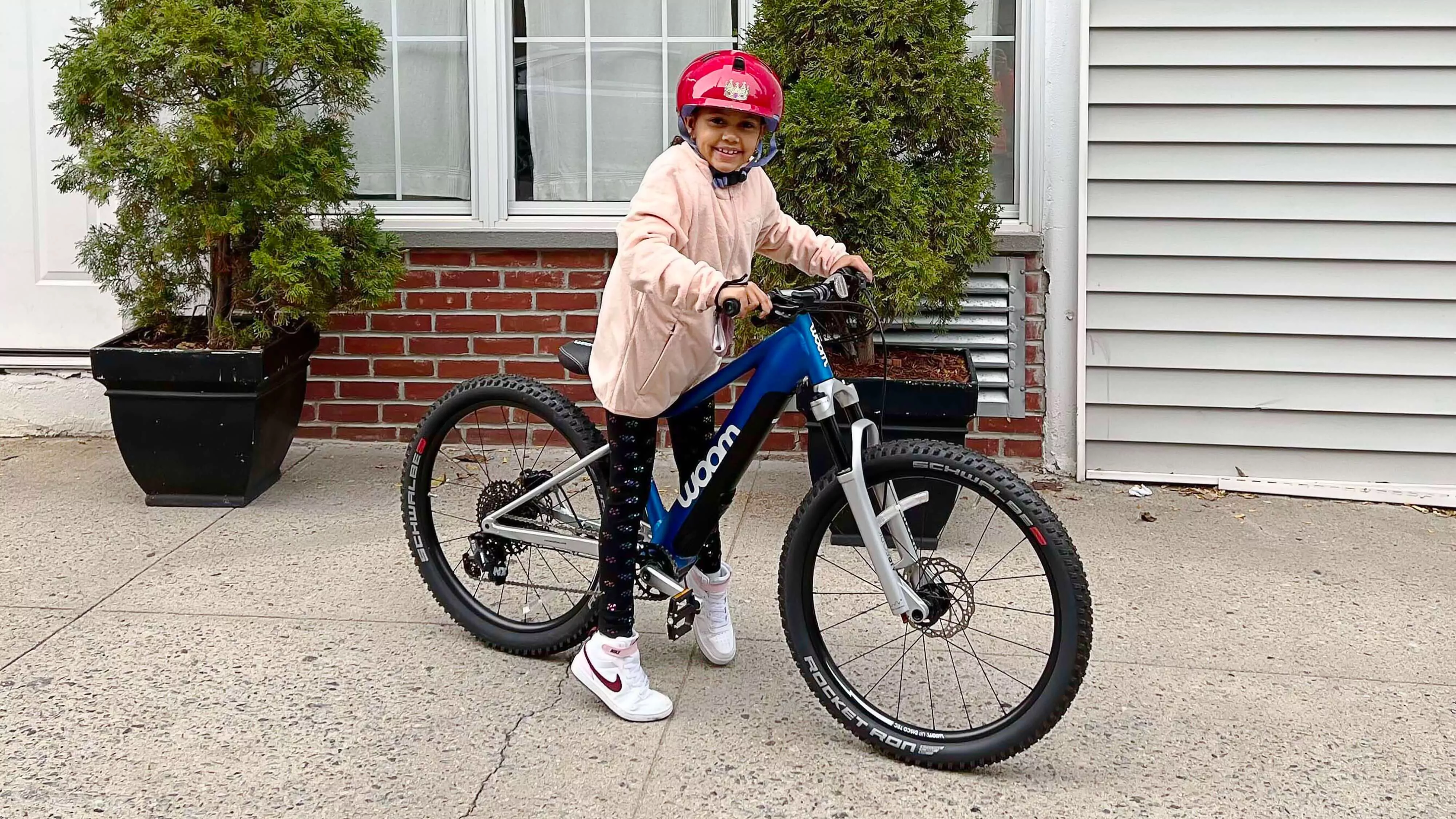

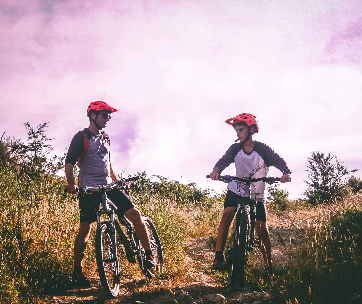

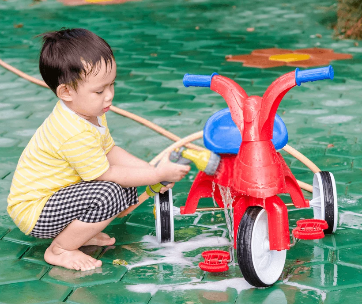
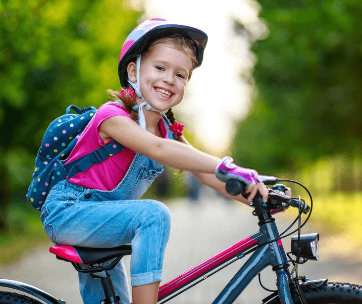
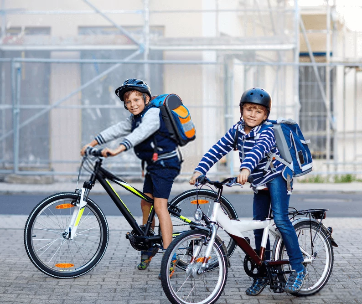
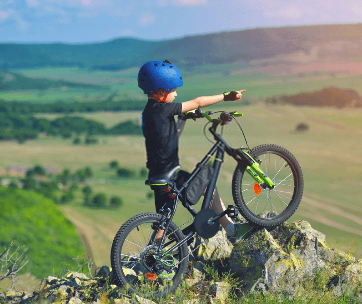

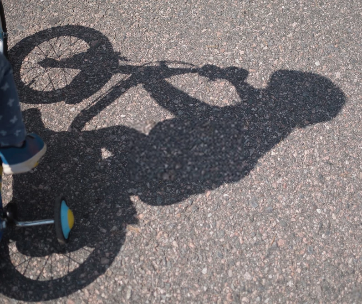

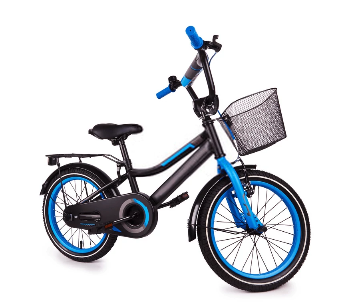

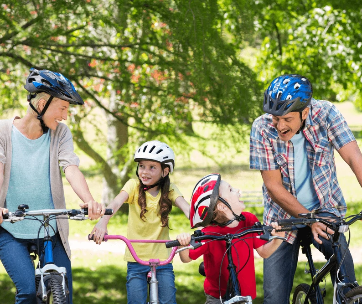
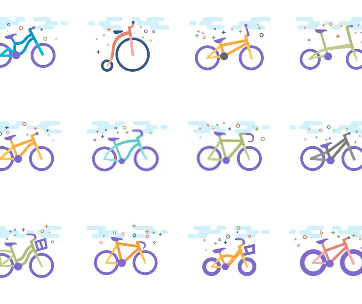




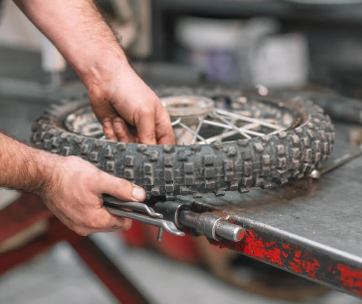
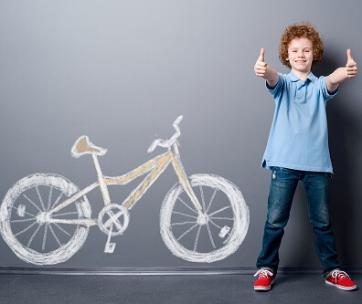
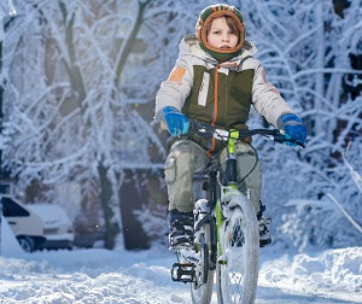


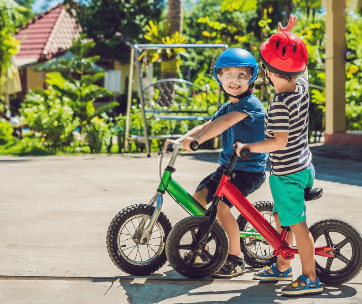
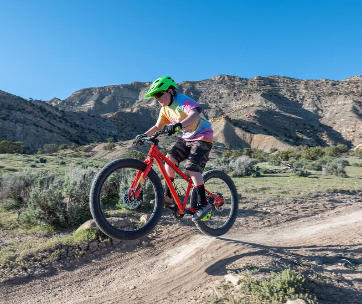
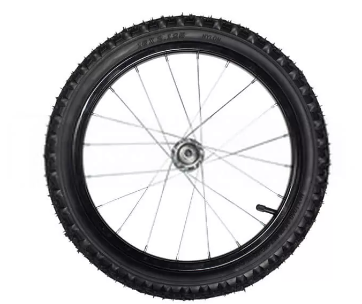
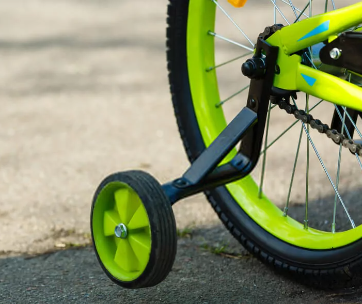
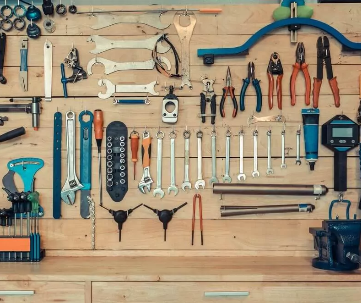
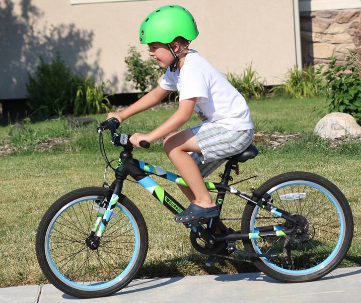
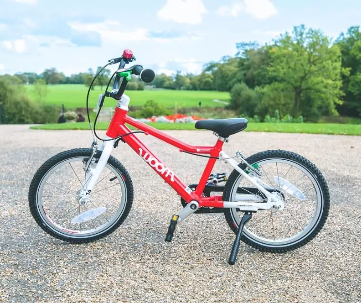
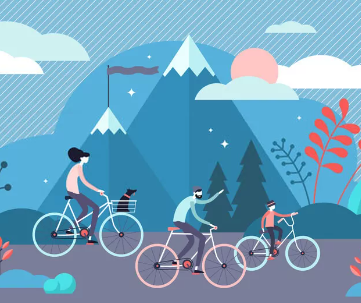
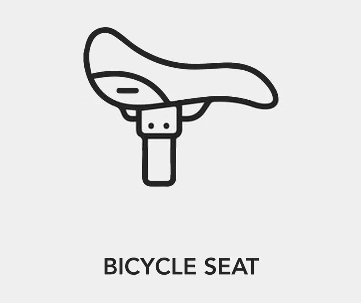
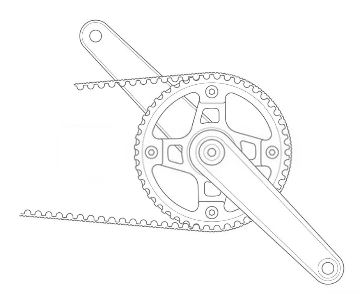
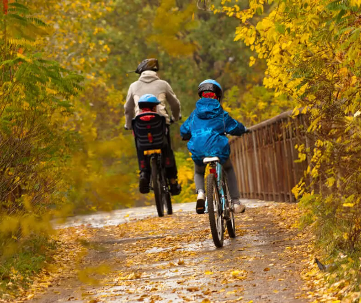

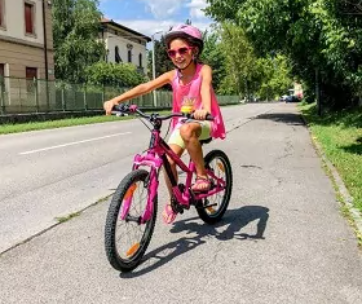
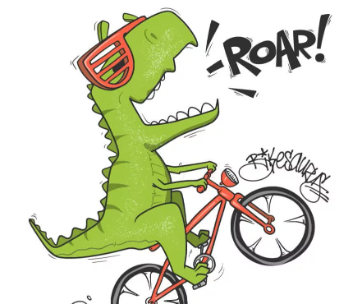
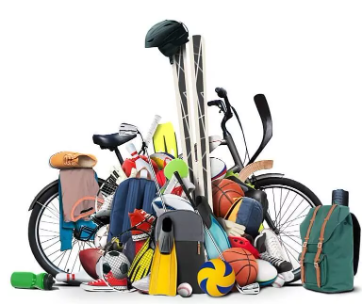
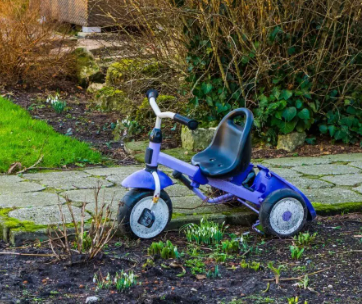
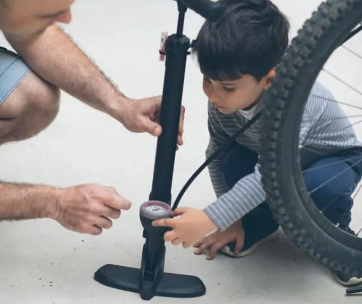
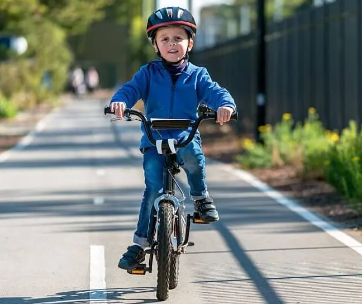
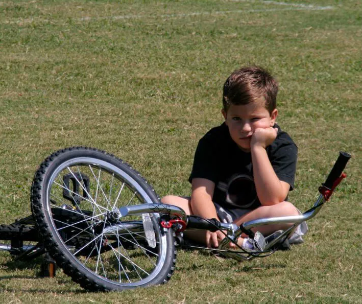
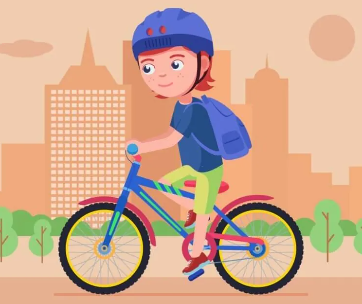
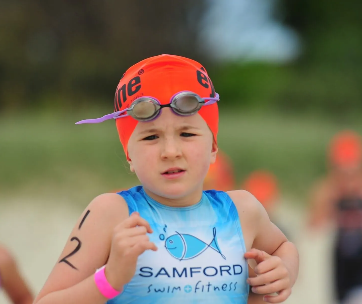
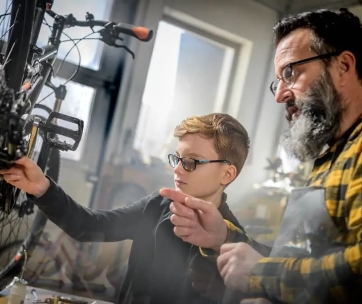

Comments